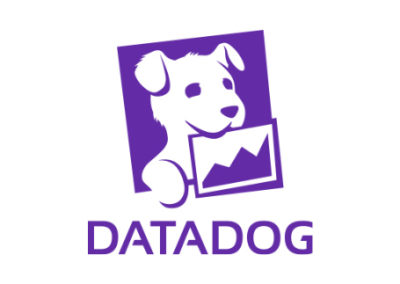
Incident Models on VOIP enterprise phone systems can be a make-or-break tool to keep businesses functioning amidst technical difficulties, but what differentiates incident models by company, issue, and process?
What is a VoIP incident?
A VOIP incident is a known issue with an established process to fix. There are many ways to address incidents through incident models, walking the client through the process quickly and efficiently. A well-established VOIP incident model can be a make-or-break tool for business continuity.
What is a Standard Incident Model?
The basics of building an Incident Model includes these steps:
1. Open Incident
2. Confirm user identity
3. Access Active Directory
4. Find User
5. Right-click User Object and browse to Properties
6. Select the Account tab
7. Check the box that says “Unlock User Account”
8. Click OK
9. Disconnect from Active Directory
10. Notify User that Account Unlock is completed
11. Send Password Management best practices KB article to user
12. Close Incident
When thinking about your VOIP enterprise phone systems, it’s important to consider not only the prevalence and type of incidents your enterprise may face but the way your business is prepared to handle incidents to avoid downtime and provide uninterrupted service to your clients. After all, if your clients can’t reach you, they can’t do business with you. (And they might do business with someone else.)
Incident Model Consistency – a Must
When you have a small team of service desk technicians, consistency may not be so important, but as operations scale, consistency is crucial to maintaining the level of service for VOIP enterprise phone systems.
An effective model uses a ‘measure twice, cut once’ mentality – more time and energy is spent in the diagnostic, therefore the fix is quick, easy, and actually fixes the issue.
Efficiency of Incident Models
Incident Models for VOIP enterprise phone systems not only maintain consistency and reduce downtime but also serve as great training tools for new service desk agents. Typically, onboarding new employees to a new technical role can take up to 6-15 weeks to exhibit real value. That’s a long time to wait for an investment to generate a return. And in a rapidly accelerating tech environment, you can’t afford to waste time or talent.
Since they are plug-and-play, Incident Models make great training tools for new employees, producing value to the company from day one and reducing inconsistencies in services and solutions.
Incident Model Automation
Once the Incident Models are implemented, the logical next step for larger businesses is to automate many of their VOIP enterprise phone system Incident Models. And while this takes a larger investment of capital, it can provide a much higher level of efficiency.
Effectively, an Incident Model can be considered a non-technical system. The work has essentially been done once you’ve created and implemented the Incident Model. The next logical step is to automate certain models, in order to allocate your team resources to more complex issues.
Of course, not every Incident Model can be automated, but that’s where the experts at T2M come in. We can help you identify incidents that occur frequently enough to offset the cost of automation and increase productivity exponentially.
What do incidents cost your business?
We believe there are two primary costs of recurring incidents, both of which can be mitigated by efficient Incident Models:
- Labor costs dedicated to repetitive fix work that could be automated
- Morale of workforce who perform the same fix for the same incidents over and over…and over.
What affects incident recovery time?
When a VOIP enterprise phone system encounters an incident, an Incident Model is triggered. T2M has a unique approach to Incident Models. We use the standard industry best practices, but add another layer of service with our double diagnosis. Every incident goes through three phases, from opening to completion:
- What is broken?
- How do we fix it?
- Did we fix it?
The trick is, if you don’t answer the first question correctly, you can loop through these questions several times until you arrive at the right “diagnosis.” That’s a lot of time taken just to figure out the problem, much less solve it.
That’s why T2M has a unique model for incident assessment. When a client calls about an incident, we ask them to describe “symptoms,” and never ask them to diagnose. Just like visiting a doctor’s office, we assess the patient, take a look at the symptoms both known and unknown, then use our expertise and resources to perform a diagnosis, which prevents incorrect or ineffectual treatment and fixes the problem quickly and efficiently.
Many other incident solutions rely on the client for diagnosis, and at T2M, we believe that’s our job. In fact, we actually diagnose twice. Once at the start of the call, and again, once our engineers have performed a thorough assessment. This doesn’t affect our clients’ time to a fix, but helps us diagnose and treat each incident with accuracy and speed.
What you now know about Incident Models:
- Incident Models are a quick and efficient way to keep your VOIP enterprise phone system up and working consistently.
- Automated Incident Models can save your company time and resources, letting you worry about your business instead of your phones.
- T2M diagnoses twice, to ensure accuracy and effectiveness every time, and doesn’t rely on the client to diagnose problems they might not understand.














